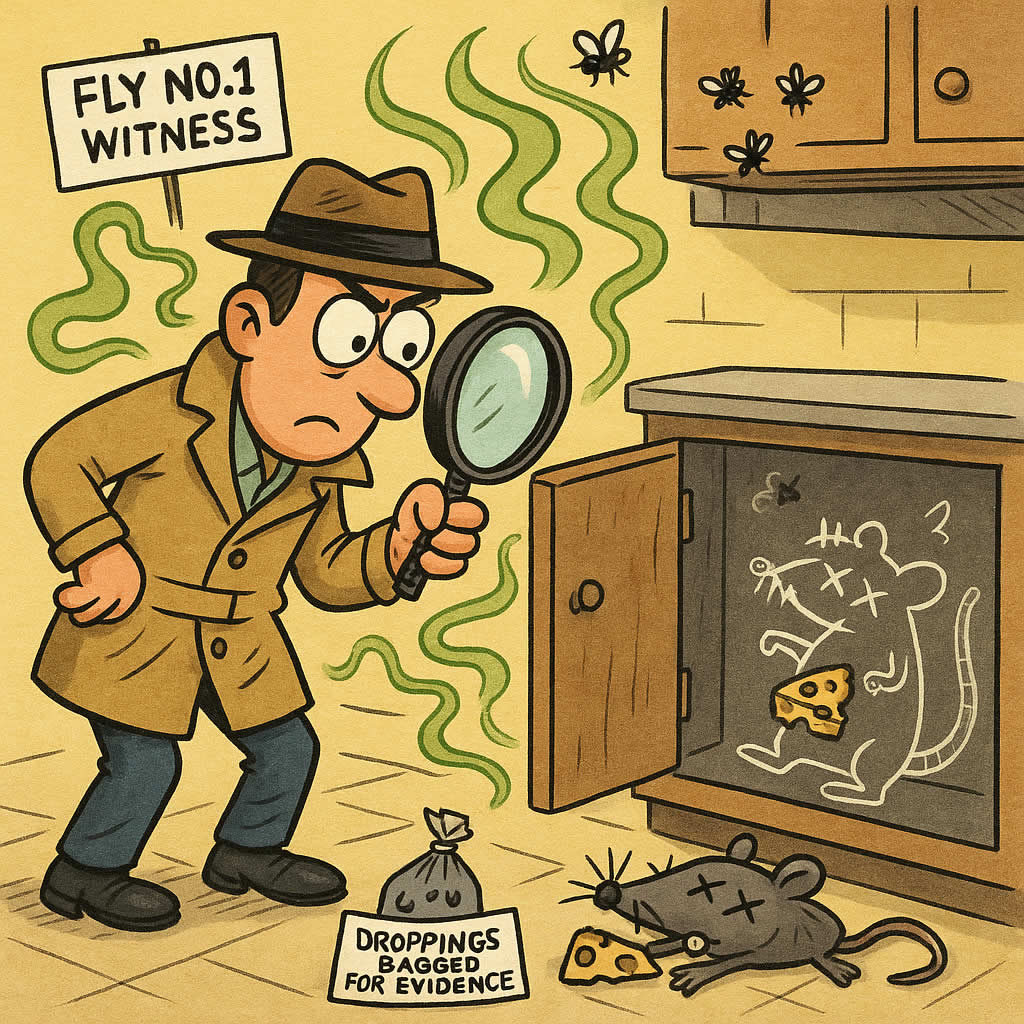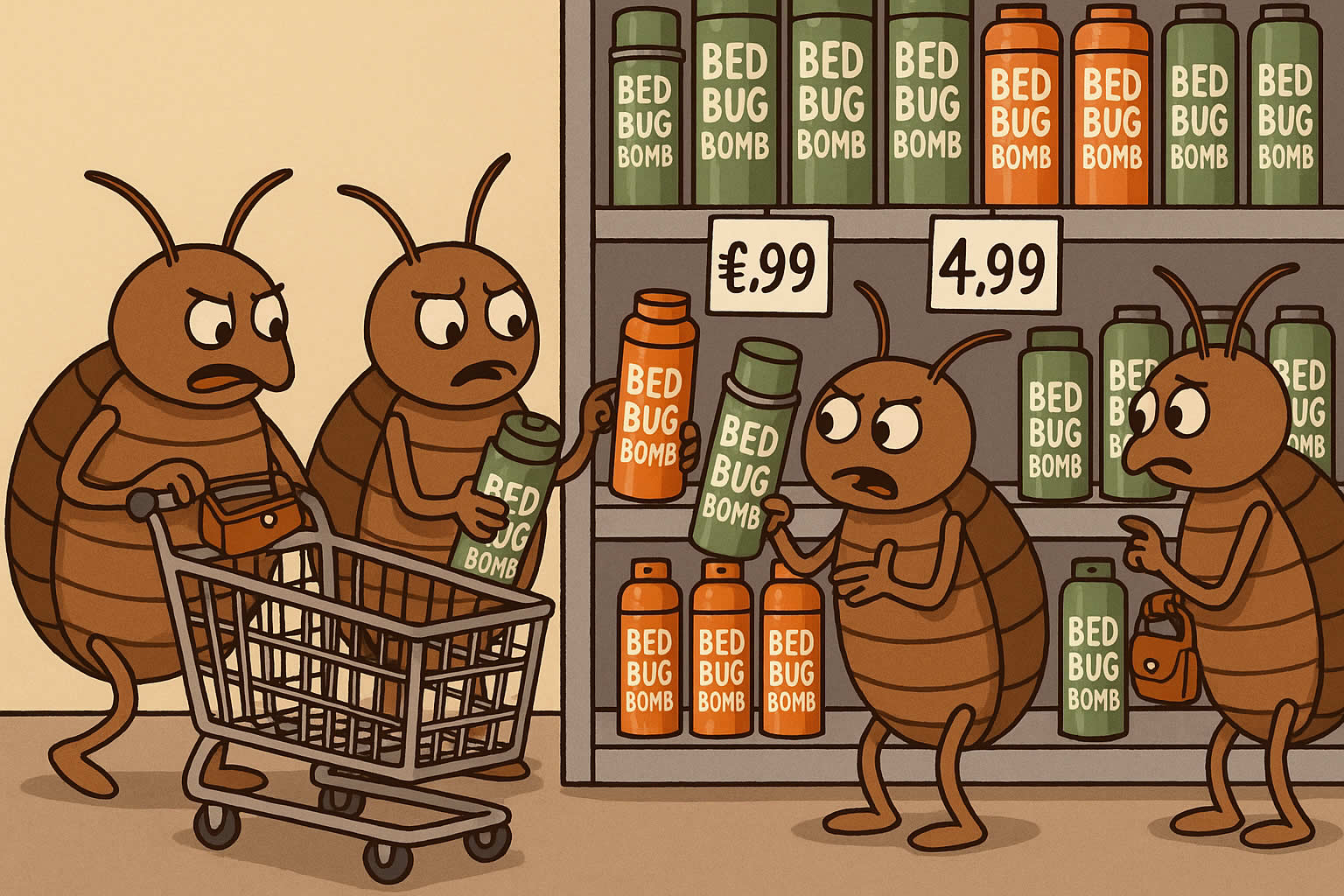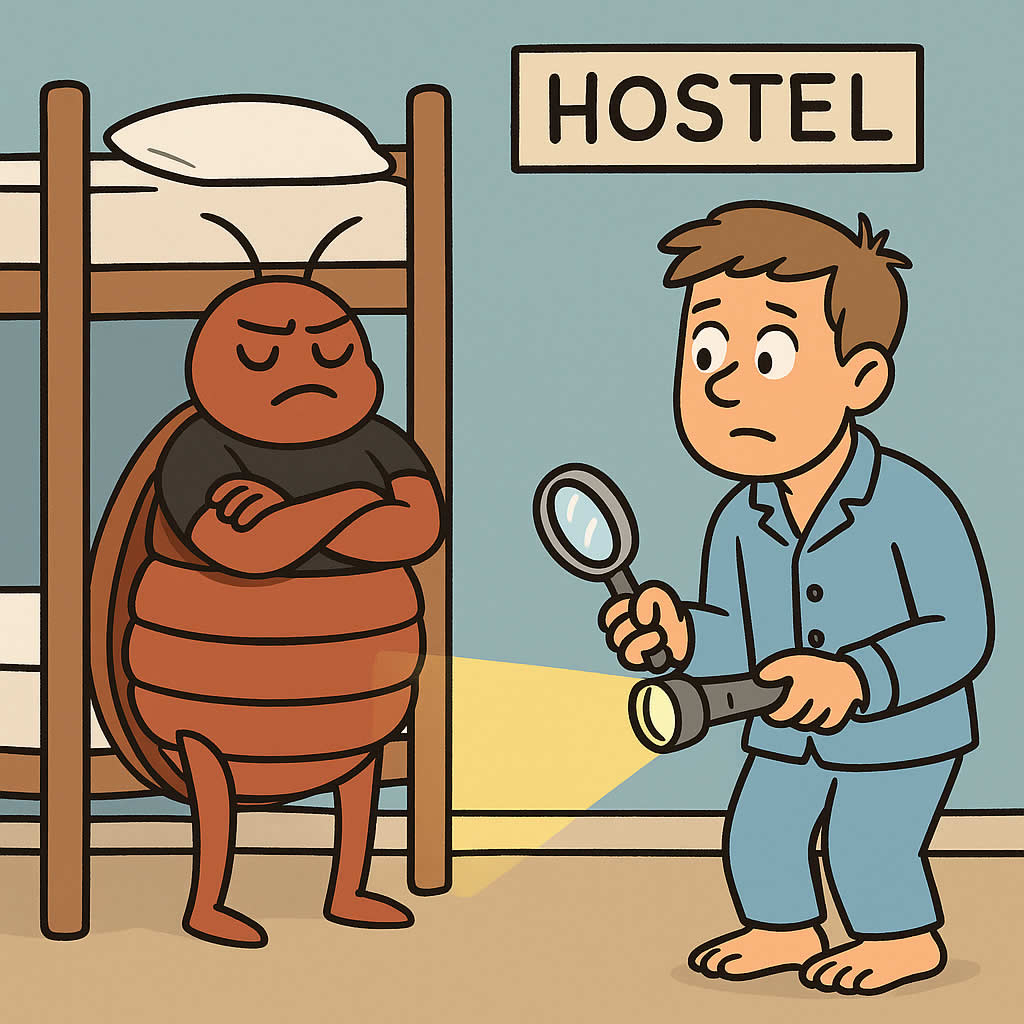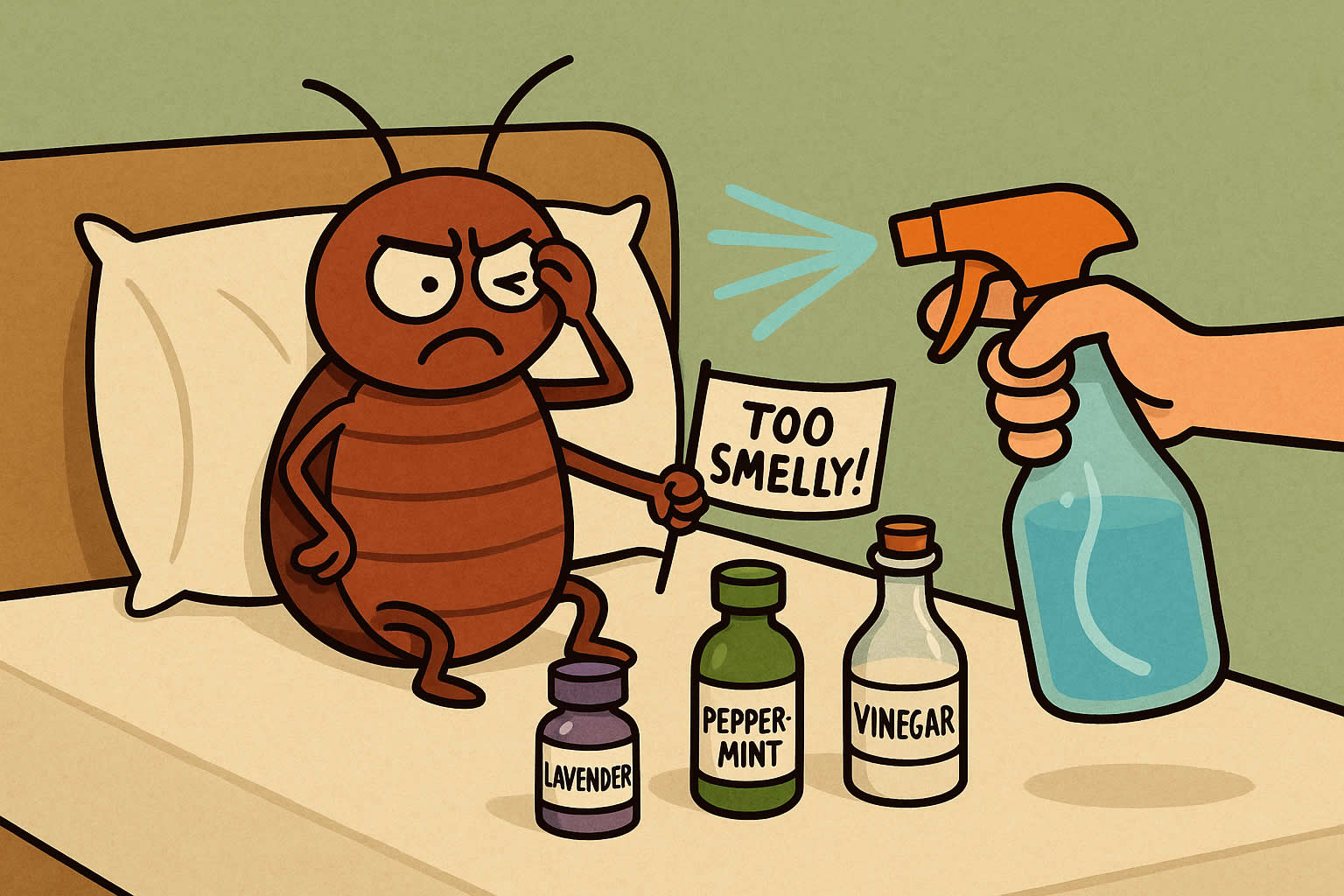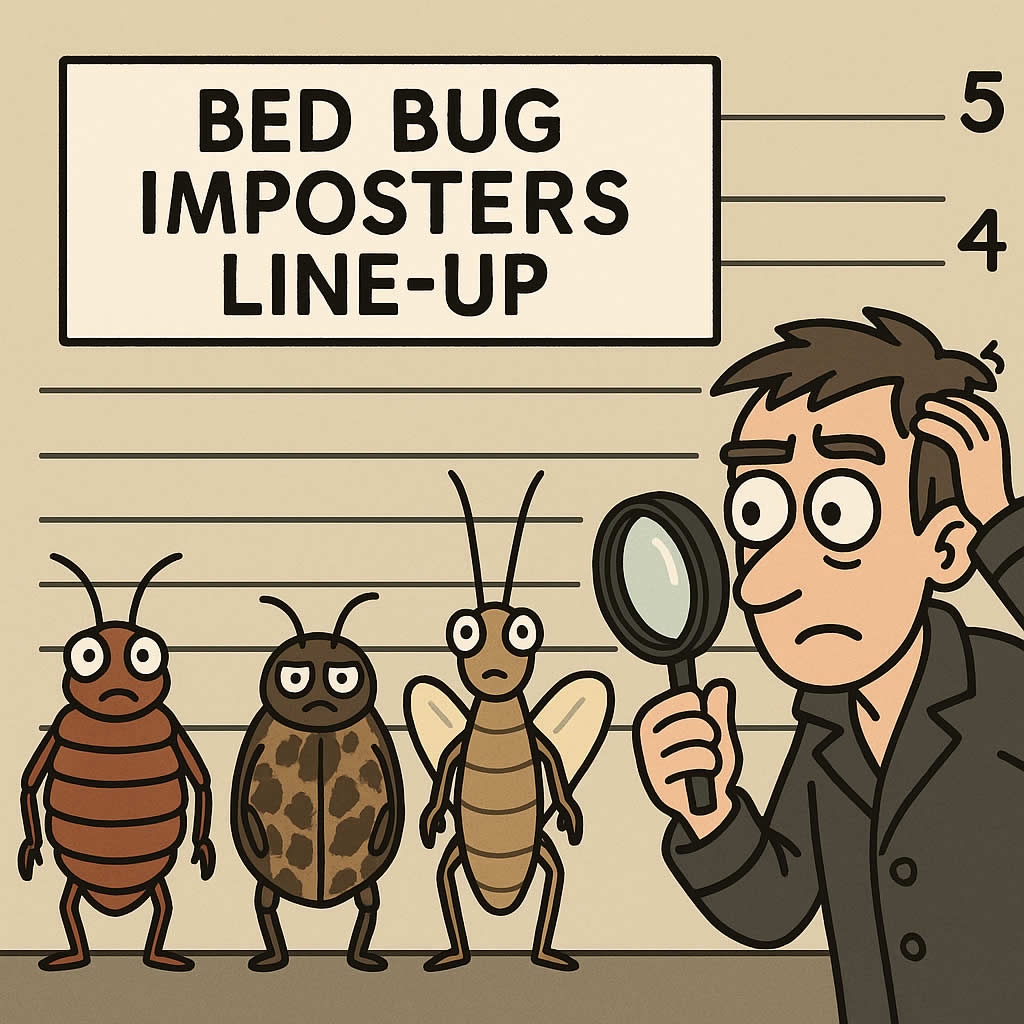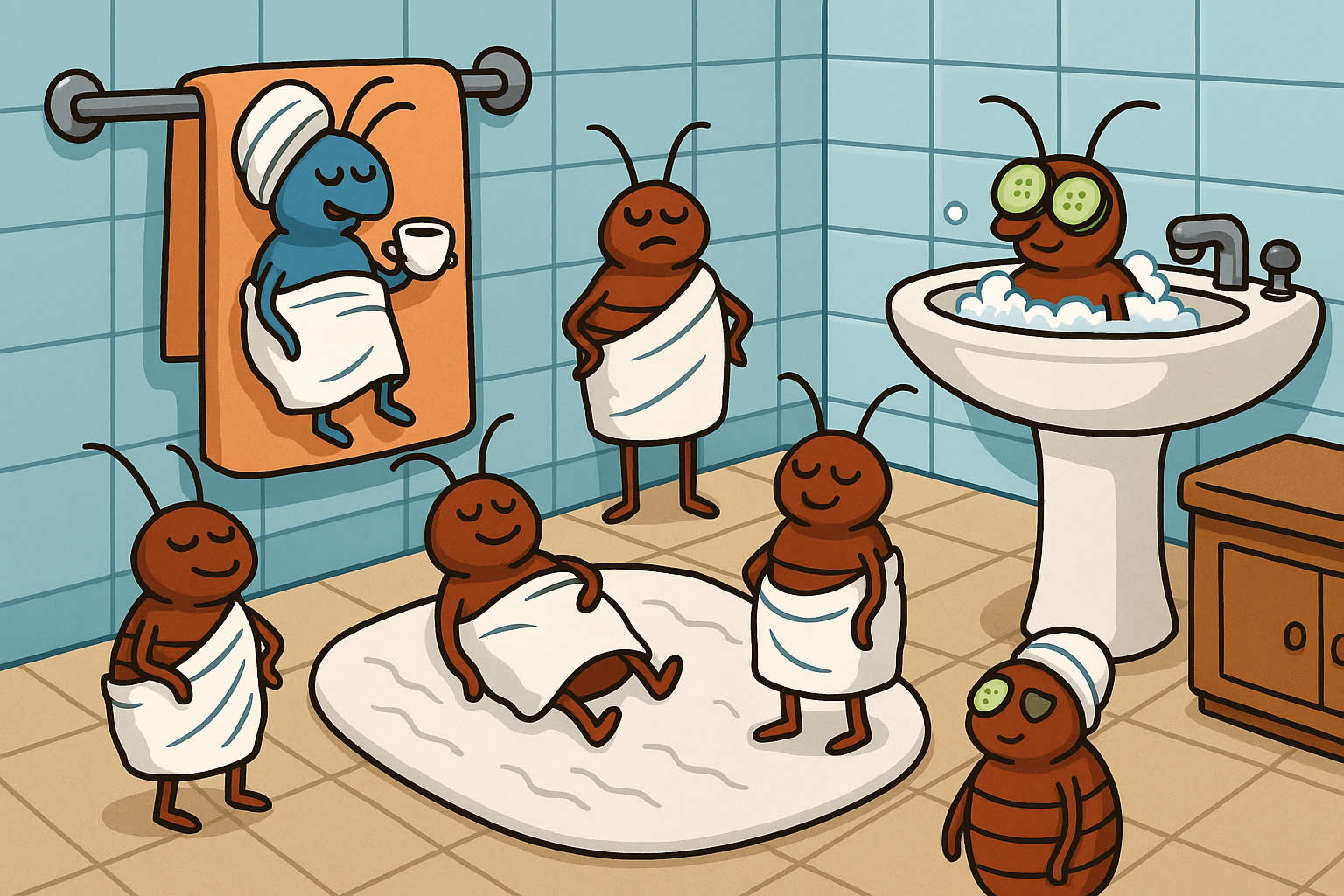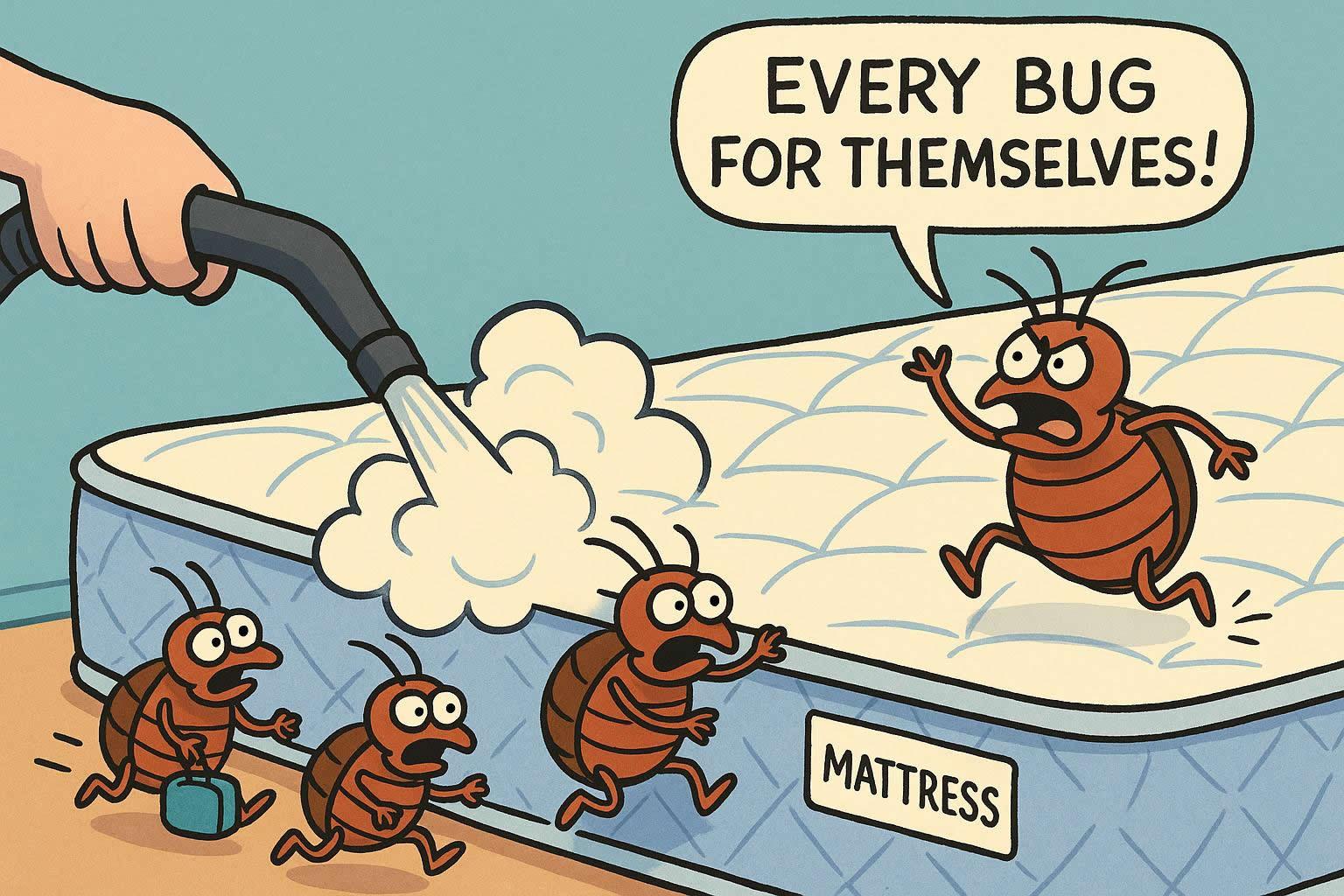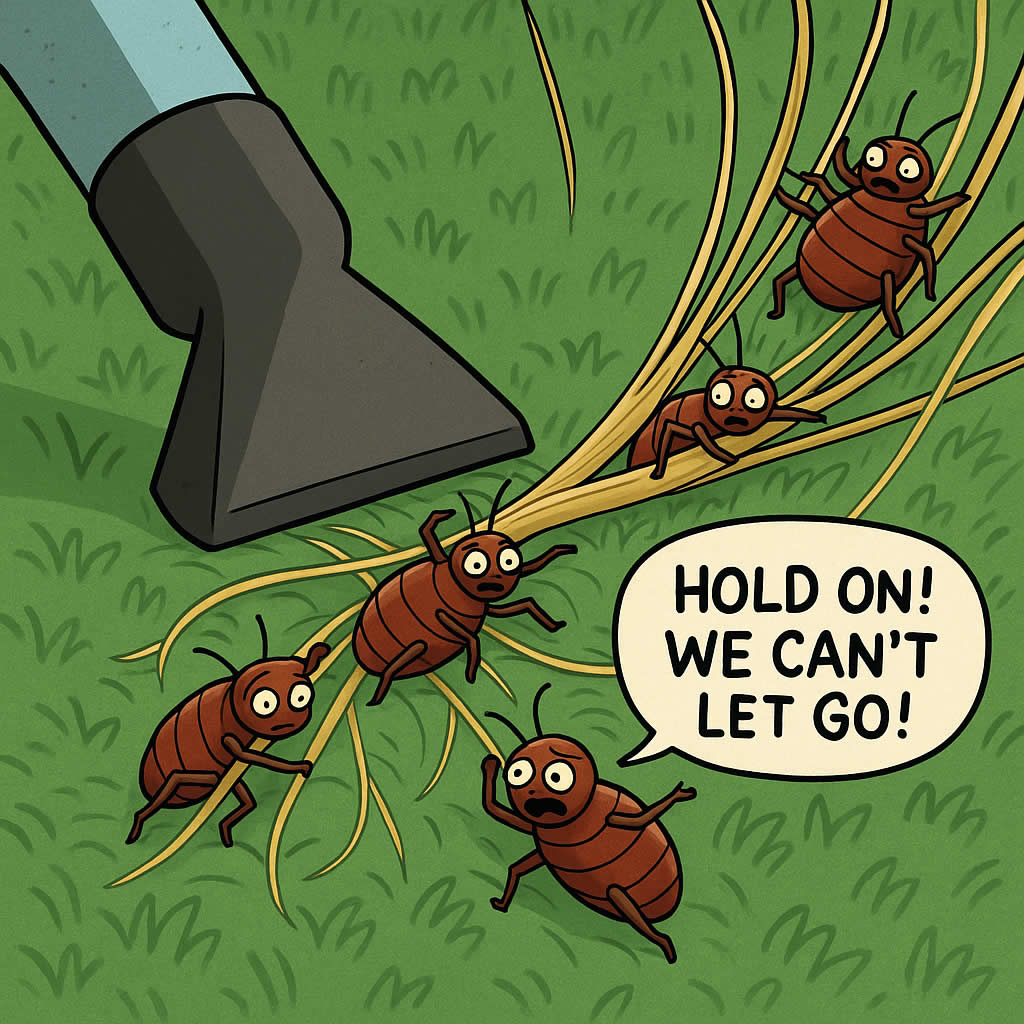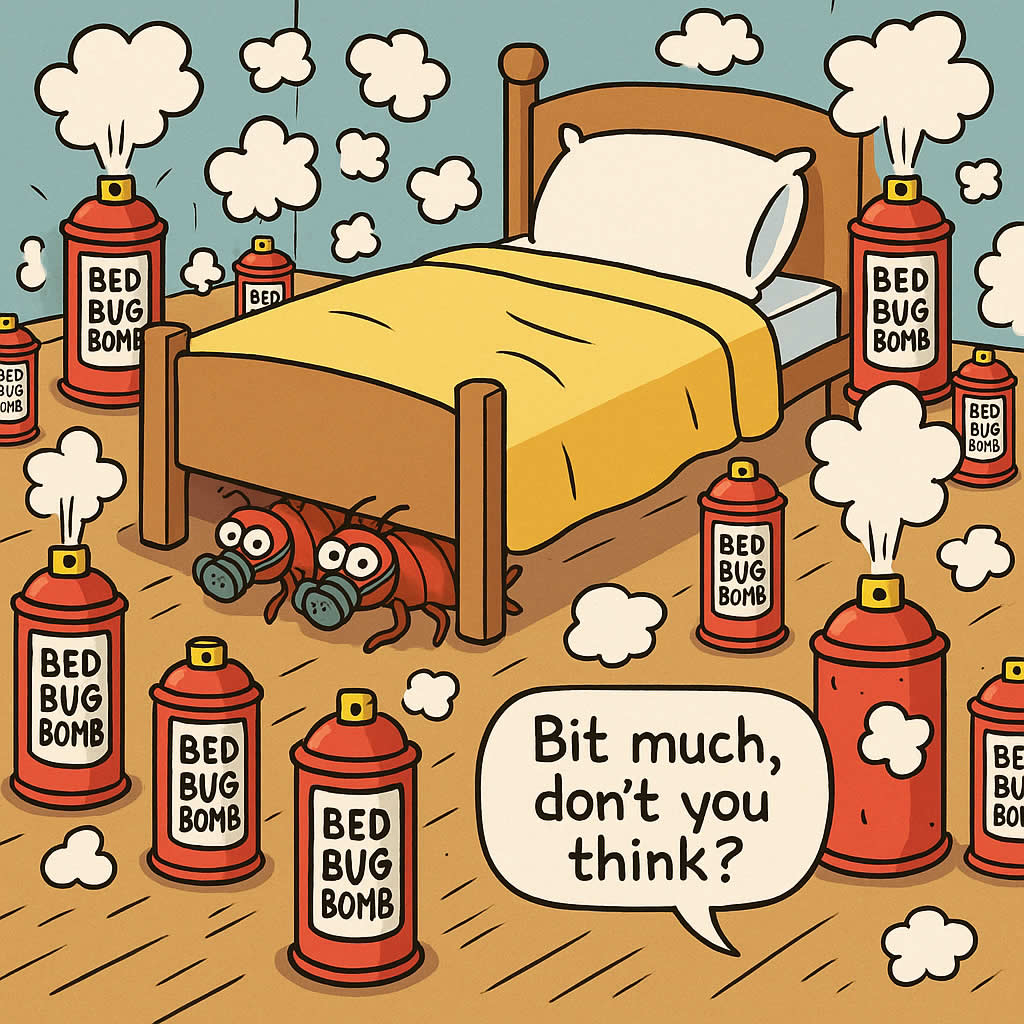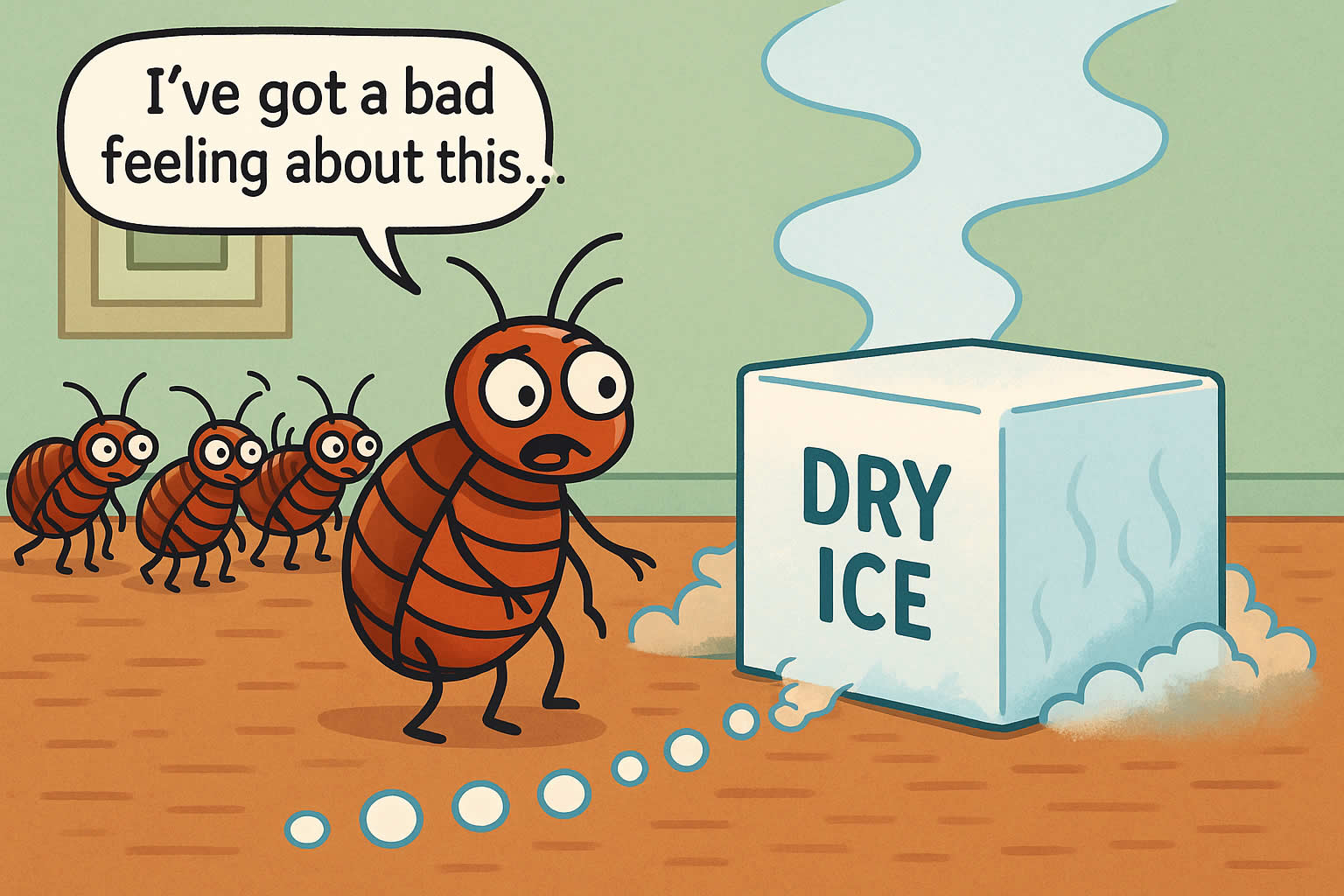Related Queries
ToggleIf you’ve found a dead rat in or around your home, you’re probably feeling uneasy—and that’s completely understandable. Whether it’s the shock of the discovery or the anxiety over what it means, you’re not alone. What matters most now is that you deal with it properly. This guide walks you through everything you need to know—calmly, clearly, and step by step—so you can get it sorted and stop the worry from growing.
You’ll learn how to spot the signs early, remove the rat safely, clean up the area thoroughly, and keep it from happening again. There’s no fluff here—just the stuff that matters, explained in plain English.
Let’s start with the basics.
Recognise the Problem
Before you can deal with a dead rat properly, you need to know it’s there. It’s not always obvious. In some cases, the only clues are subtle—until the smell hits.
Signs You’ve Found a Dead Rat: Smell, sight, and insect activity
The most common sign is the smell. It’s strong, sour, and unpleasant—something between rotting meat and damp decay. If a rat has died behind a wall or under a floorboard, the odour builds slowly and can hang in the air for days.
You might also see flies or beetles gathering in one spot. In some cases, ants may be present too. If you can smell something off and you’re seeing increased insect activity around skirting boards or floor vents, it’s a sign something has died nearby.
And of course, you might find the body itself. A dead rat can look dried out, bloated, or partially decomposed, depending on how long it’s been there. Don’t touch it yet—there’s a proper way to handle it.
Where Dead Rats Are Typically Found: Walls, crawl spaces, gardens
Rats don’t always die in plain sight. They tend to nest and travel in hidden areas. Common spots include behind kitchen appliances, under decking, inside loft insulation, or within cavity walls. If they’ve eaten poison, they’ll usually crawl into a tight, dark space before dying.
Outside, you might find them near compost bins, behind sheds, or under paving slabs. Rats choose places where they feel safe from predators—and that’s usually somewhere awkward for you to reach.
If you’ve seen live rat activity recently, check those areas first. You’ll save time and avoid unnecessary exposure elsewhere.
Why Acting Fast Matters: Disease risk and secondary infestations
Once a rat dies, the clock starts ticking. As the body breaks down, bacteria multiply. Not only can it produce a strong odour, but it can also attract other pests—maggots, flies, and even other scavengers.
More importantly, dead rats carry the risk of disease. Leptospirosis (also called Weil’s disease), salmonella, and hantavirus can all survive on surfaces contaminated by a dead rodent. Touching or breathing in particles from decayed tissue or droppings can put you at risk.
Acting quickly protects your health, keeps the problem from spreading, and prevents that lingering smell from taking hold. So once you’re sure you’ve found one, it’s time to remove it—carefully.
Safe Removal & Disposal
Now that you’ve located the dead rat, the priority is to remove it safely. This step matters just as much as the cleanup afterward. You want to make sure you’re protecting yourself and others in your home from exposure.
Essential Protective Gear: Gloves, mask, long sleeves
You shouldn’t go near a dead rat with bare hands. Use thick rubber gloves or disposable nitrile ones. Wear a face mask to prevent inhaling particles, especially if the carcass is dry or decomposing. Long sleeves help avoid skin contact with contaminated surfaces.
If you have safety glasses, put them on as well. Rats carry bacteria that can become airborne as dust during cleanup. It’s always better to be overprotected than underprepared.
Removing the Carcass Safely: Scoop carefully, double‑bag, seal tight
Once you’re geared up, gently place a plastic bag over your gloved hand, scoop the body up from underneath, and invert the bag. You should never grab it directly. Double-bag the carcass in thick bin liners or refuse bags. Squeeze out as much air as possible and seal both bags tightly.
Avoid compressing the body. If it bursts, you could release bacteria or parasites. Once bagged, keep it away from pets, children, and food prep areas until you’re ready to dispose of it properly.
Where It Goes Next: Burying, household rubbish, or licensed disposal
If you live in an urban area, your local council may allow you to place the double-bagged carcass in your household waste bin. Some areas require you to take it to a licensed animal disposal facility.
If you’re in a rural setting and choose to bury the rat, make sure the grave is at least two feet deep and far from water sources, vegetable patches, or play areas. Place the carcass in biodegradable material before burying and compact the soil well to prevent other animals from digging it up.
Never flush it or throw it into public bins. That can pose health risks and break environmental laws. Always check your local regulations if you’re unsure.
Clean-Up & Decontamination
Getting rid of the body isn’t enough. Dead rats leave behind bacteria, parasites, and droppings that need to be thoroughly cleaned. This is just as important as disposal—and just as urgent.
Disinfecting the Affected Area: Bleach, enzyme cleaners, waiting time
Start by airing the space out for at least 30 minutes if it’s enclosed. Then spray the area where the rat was found with a disinfectant or enzyme-based cleaner. Avoid sweeping or vacuuming at this stage, as it can disturb dry particles and make them airborne.
Let the disinfectant sit for several minutes to break down pathogens. Use paper towels or disposable cloths to wipe the surface down. Place all waste directly into sealed bags and bin it outside.
If there are stains or fluids, repeat the process. Make sure the surface stays wet throughout cleaning to stop particles from kicking up into the air.
Getting Rid of Odours: Ventilation, enzymatic sprays, odour eliminators
That musty, rotten smell can stick around long after the body is gone. Ventilation is key—keep windows open and fans running for at least a day.
Enzyme sprays are especially effective because they break down the organic material that causes the odour. You can also use odour-neutralising gels or charcoal-based air purifiers to help speed things up.
Avoid masking the smell with strong fragrances—they only cover it up and may make it worse when mixed with decay.
Disposing of Contaminated Materials: Nesting, droppings, cloth, insulation
If you’ve found nesting material, old food, or droppings near the carcass, remove them all. Use a shovel or tongs to place them into plastic bags—don’t scoop with your hands.
If the rat died inside insulation or carpet, you may need to remove and replace the affected section. Contamination can linger in soft materials even after surface cleaning.
Once everything is cleared out, disinfect again. Then wash your hands, change your clothes, and clean any tools used with bleach or boiling water.
Prevention & Follow-Up
You’ve removed the rat and cleaned up the area, but the job isn’t over just yet. Rats don’t show up randomly—there’s usually a reason they got in. Now’s the time to prevent the problem from coming back.
Checking for More Rats: Droppings, entry points, pest signs
One dead rat could be a sign of more. Check the area thoroughly for other signs—droppings, greasy marks along walls, scratch marks, or chewed items. Listen for noises at night—rats are most active after dark.
Use a torch to look under appliances, behind furniture, and in attic corners. If you find more signs, you may have an active infestation that needs attention.
Sealing Your Home: Gaps, vents, pipes, doors
Rats can squeeze through holes the size of a 50p coin. Seal any gaps you find around doors, pipes, vents, or bricks using wire mesh, expanding foam, or sealant.
Check air bricks, under-decking gaps, and loose roof tiles. Block off food sources too—keep bins tightly closed and clean up pet food straight away.
If they can’t get in, they won’t be able to come back.
When to Call a Professional: Tough removals, walls, recurring infestations
If the rat died in a wall cavity, under the floor, or somewhere else you can’t reach, you might need professional help. Pest control companies have the tools and experience to remove hidden carcasses safely.
You should also get help if you’re finding more rats regularly, if the smell is persistent, or if you’re worried about health risks. Professionals can trace the source, identify how they’re getting in, and treat the area to prevent re-entry.
Our Final Say!
Dealing with a dead rat isn’t just unpleasant—it can be dangerous if you don’t handle it the right way. But once you know what to do, the steps are simple and manageable. Protect yourself with the right gear. Remove and dispose of the body safely. Clean the area thoroughly. And make sure your home’s sealed tight so it doesn’t happen again.
Taking action now protects your health, your home, and your peace of mind. You don’t have to panic—you just need a plan. And now, you’ve got one.
Pest Control Eastcotts – Pest Control Box End – Pest Control Swineshead
